Anik Mallik
A Performance Analysis Modeling Framework for Extended Reality Applications in Edge-Assisted Wireless Networks
May 11, 2024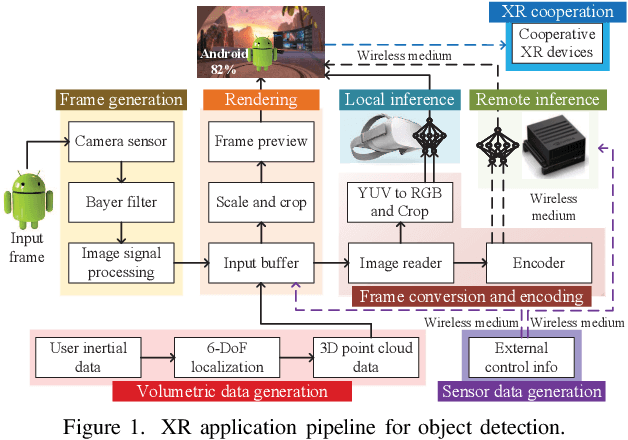
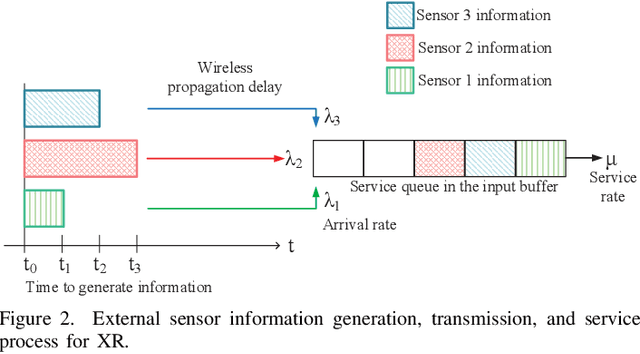
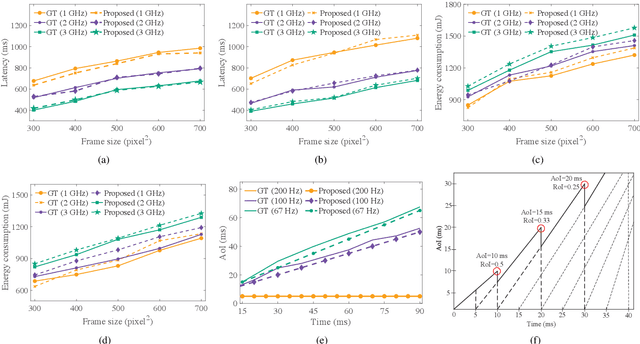
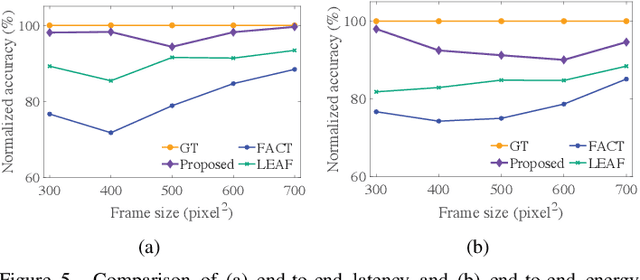
Abstract:Extended reality (XR) is at the center of attraction in the research community due to the emergence of augmented, mixed, and virtual reality applications. The performance of such applications needs to be uptight to maintain the requirements of latency, energy consumption, and freshness of data. Therefore, a comprehensive performance analysis model is required to assess the effectiveness of an XR application but is challenging to design due to the dependence of the performance metrics on several difficult-to-model parameters, such as computing resources and hardware utilization of XR and edge devices, which are controlled by both their operating systems and the application itself. Moreover, the heterogeneity in devices and wireless access networks brings additional challenges in modeling. In this paper, we propose a novel modeling framework for performance analysis of XR applications considering edge-assisted wireless networks and validate the model with experimental data collected from testbeds designed specifically for XR applications. In addition, we present the challenges associated with performance analysis modeling and present methods to overcome them in detail. Finally, the performance evaluation shows that the proposed analytical model can analyze XR applications' performance with high accuracy compared to the state-of-the-art analytical models.
DeepEn2023: Energy Datasets for Edge Artificial Intelligence
Nov 30, 2023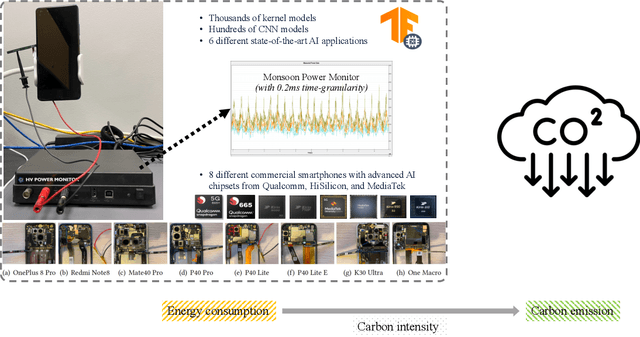

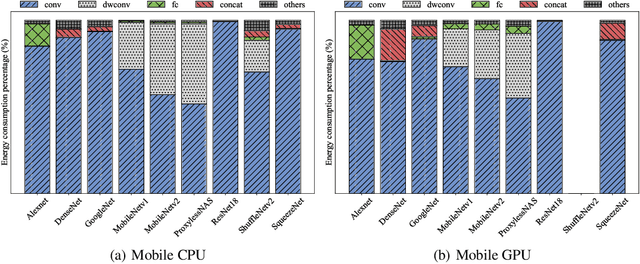

Abstract:Climate change poses one of the most significant challenges to humanity. As a result of these climatic changes, the frequency of weather, climate, and water-related disasters has multiplied fivefold over the past 50 years, resulting in over 2 million deaths and losses exceeding $3.64 trillion USD. Leveraging AI-powered technologies for sustainable development and combating climate change is a promising avenue. Numerous significant publications are dedicated to using AI to improve renewable energy forecasting, enhance waste management, and monitor environmental changes in real time. However, very few research studies focus on making AI itself environmentally sustainable. This oversight regarding the sustainability of AI within the field might be attributed to a mindset gap and the absence of comprehensive energy datasets. In addition, with the ubiquity of edge AI systems and applications, especially on-device learning, there is a pressing need to measure, analyze, and optimize their environmental sustainability, such as energy efficiency. To this end, in this paper, we propose large-scale energy datasets for edge AI, named DeepEn2023, covering a wide range of kernels, state-of-the-art deep neural network models, and popular edge AI applications. We anticipate that DeepEn2023 will improve transparency in sustainability in on-device deep learning across a range of edge AI systems and applications. For more information, including access to the dataset and code, please visit https://amai-gsu.github.io/DeepEn2023.
Unveiling Energy Efficiency in Deep Learning: Measurement, Prediction, and Scoring across Edge Devices
Oct 19, 2023


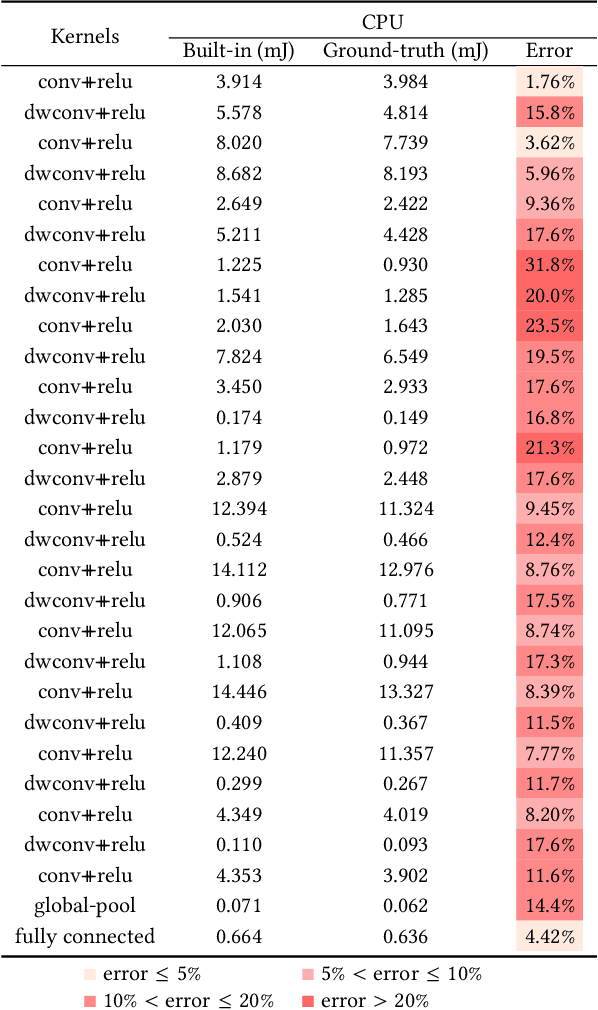
Abstract:Today, deep learning optimization is primarily driven by research focused on achieving high inference accuracy and reducing latency. However, the energy efficiency aspect is often overlooked, possibly due to a lack of sustainability mindset in the field and the absence of a holistic energy dataset. In this paper, we conduct a threefold study, including energy measurement, prediction, and efficiency scoring, with an objective to foster transparency in power and energy consumption within deep learning across various edge devices. Firstly, we present a detailed, first-of-its-kind measurement study that uncovers the energy consumption characteristics of on-device deep learning. This study results in the creation of three extensive energy datasets for edge devices, covering a wide range of kernels, state-of-the-art DNN models, and popular AI applications. Secondly, we design and implement the first kernel-level energy predictors for edge devices based on our kernel-level energy dataset. Evaluation results demonstrate the ability of our predictors to provide consistent and accurate energy estimations on unseen DNN models. Lastly, we introduce two scoring metrics, PCS and IECS, developed to convert complex power and energy consumption data of an edge device into an easily understandable manner for edge device end-users. We hope our work can help shift the mindset of both end-users and the research community towards sustainability in edge computing, a principle that drives our research. Find data, code, and more up-to-date information at https://amai-gsu.github.io/DeepEn2023.
EPAM: A Predictive Energy Model for Mobile AI
Mar 02, 2023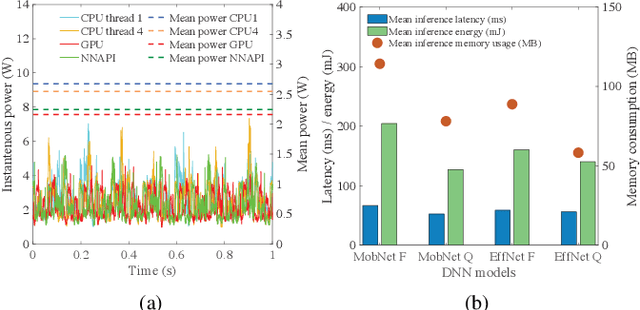
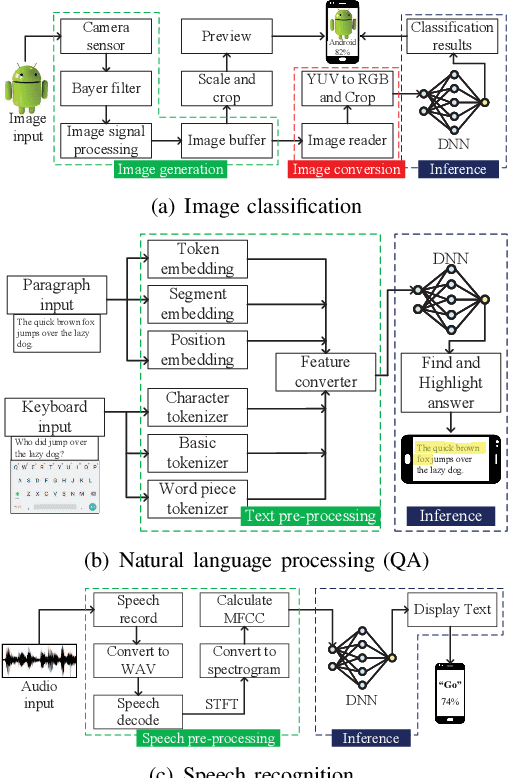
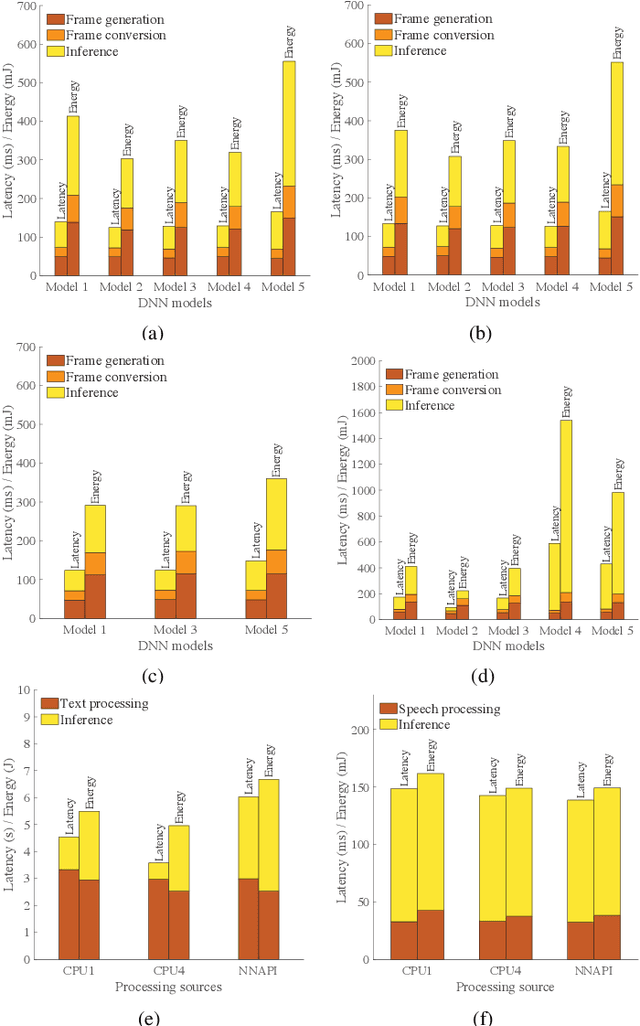
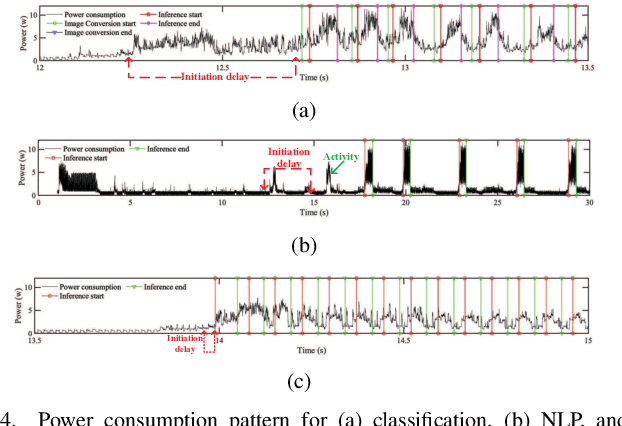
Abstract:Artificial intelligence (AI) has enabled a new paradigm of smart applications -- changing our way of living entirely. Many of these AI-enabled applications have very stringent latency requirements, especially for applications on mobile devices (e.g., smartphones, wearable devices, and vehicles). Hence, smaller and quantized deep neural network (DNN) models are developed for mobile devices, which provide faster and more energy-efficient computation for mobile AI applications. However, how AI models consume energy in a mobile device is still unexplored. Predicting the energy consumption of these models, along with their different applications, such as vision and non-vision, requires a thorough investigation of their behavior using various processing sources. In this paper, we introduce a comprehensive study of mobile AI applications considering different DNN models and processing sources, focusing on computational resource utilization, delay, and energy consumption. We measure the latency, energy consumption, and memory usage of all the models using four processing sources through extensive experiments. We explain the challenges in such investigations and how we propose to overcome them. Our study highlights important insights, such as how mobile AI behaves in different applications (vision and non-vision) using CPU, GPU, and NNAPI. Finally, we propose a novel Gaussian process regression-based general predictive energy model based on DNN structures, computation resources, and processors, which can predict the energy for each complete application cycle irrespective of device configuration and application. This study provides crucial facts and an energy prediction mechanism to the AI research community to help bring energy efficiency to mobile AI applications.
 Add to Chrome
Add to Chrome Add to Firefox
Add to Firefox Add to Edge
Add to Edge